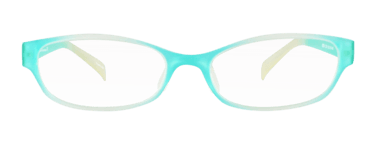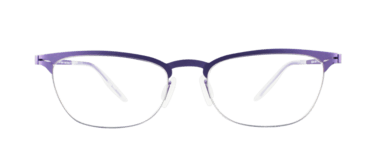Astigmatism
|
Video: how an astigmatic person's vision is affected. |
Astigmatism is a vision condition that causes blurred vision due either to a misshapen cornea or sometimes because of an irregular curvature of the lens inside the eye. Problems with either the cornea or the lens prevents light from focusing properly on the retina. When this happens, vision becomes blurred and/or distorted at any distance.
Astigmatism is a common vision condition, and can occur jointly with myopia (nearsightedness) and hyperopia (farsightedness). Most people have some degree of astigmatism. Slight amounts of astigmatism usually don't noticeably affect vision and don't require treatment. However, higher degrees of the condition cause distorted or blurred vision, eye discomfort and headaches, and thus require treatment.
|
Astigmatism explained: inside the eye. |
From an internal perspective, a misshaped area inside the eye will cause light rays to be refracted into the eye at strange angles. Light rays may end up either in behind or in front of the retina. This is what causes the blurry and distorted vision; in order for your eye to be able to see clearly, light rays need to project exactly onto the retina.
The best treatment for astigmatism is to get glasses or contacts. Some degrees of astigmatism can also be corrected with LASIK surgery, but not all types.
Astigmatism can be compared to a spoon shaped malformation in the eye. The location of this malformation varies, so your optician will measure exactly where it lies in your eye, and it will be expressed on your prescription with a number from 1 to 180. These numbers stand for degrees, like on a protractor.
| Video: cylinder explained. |
In order to correct the spoonshaped malformation, a matching spoon shaped powered area is placed in the glasses’ lens directly perpendicular to the eye’s malformation, in order to create a round viewing area to combat blurred and distorted vision.
On a prescription, the strength needed to correct astigmatism is found under "CYL," which stands for cylinder, and the rotation of the correcting area is found under "AXIS," which expresses the location of the misshapen area in your eye. 
Recommended for you












